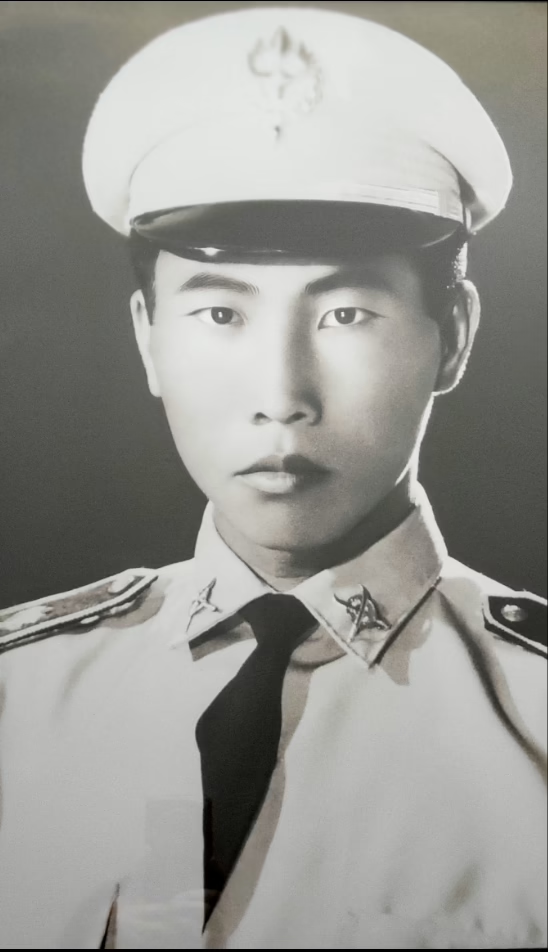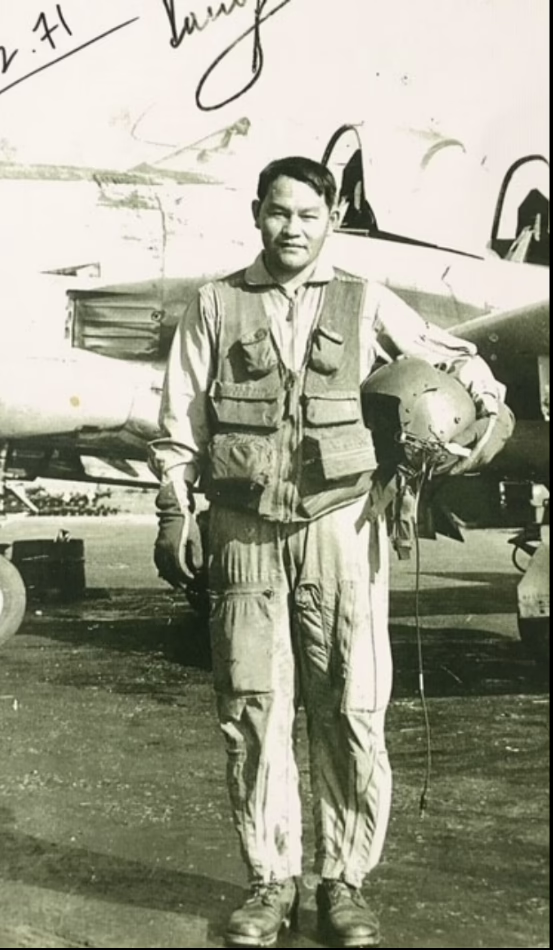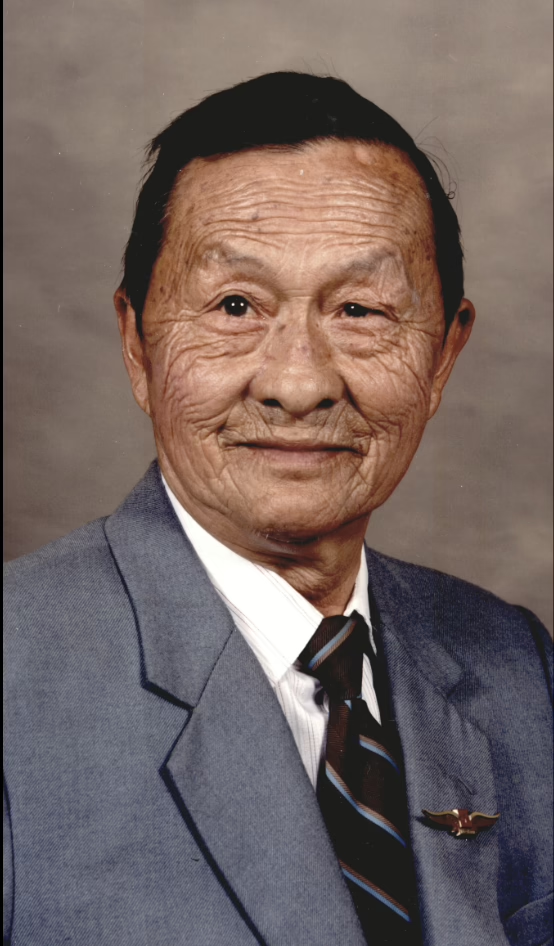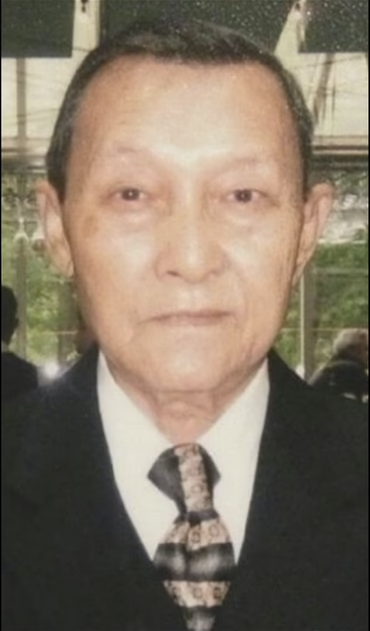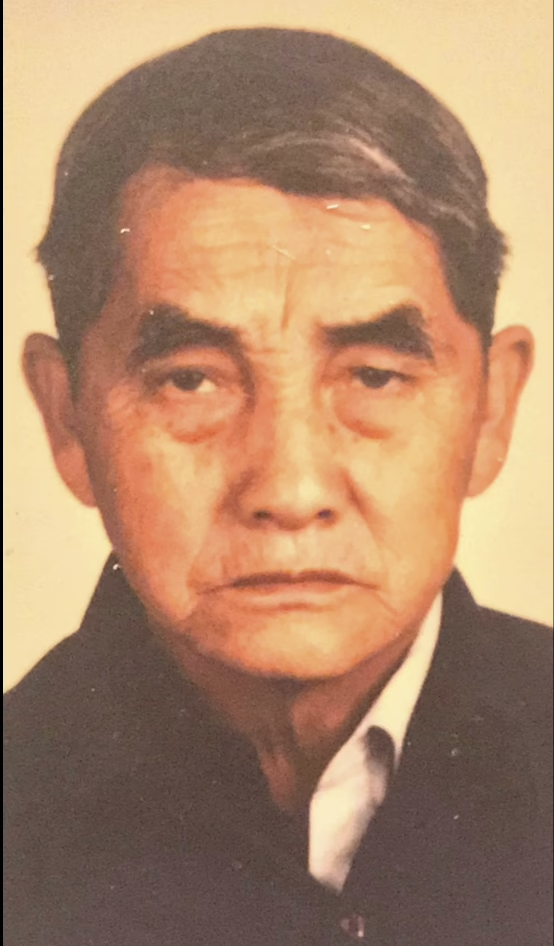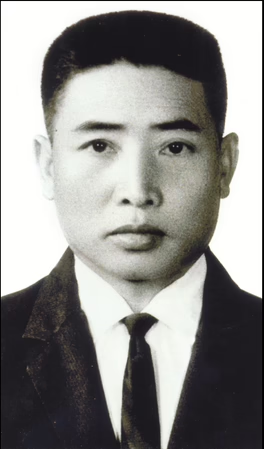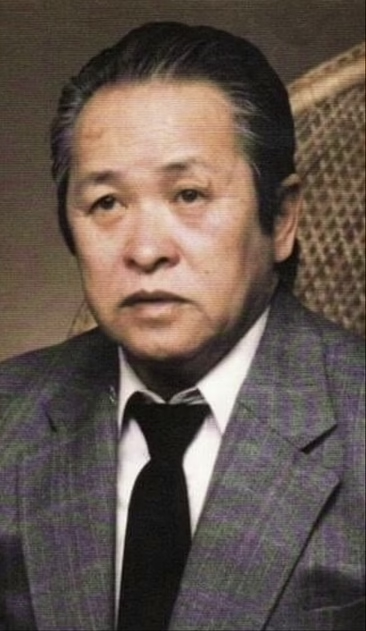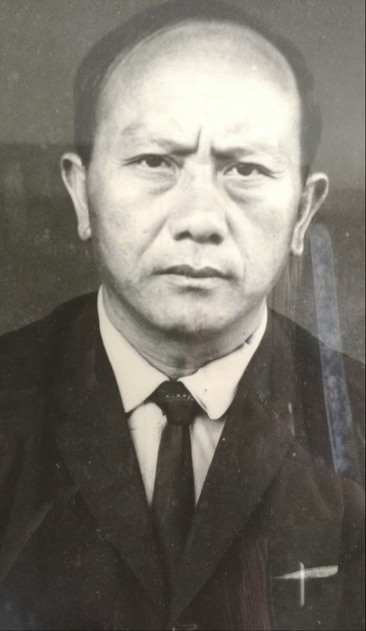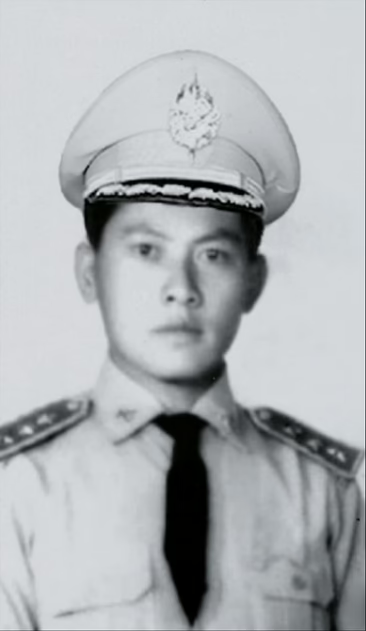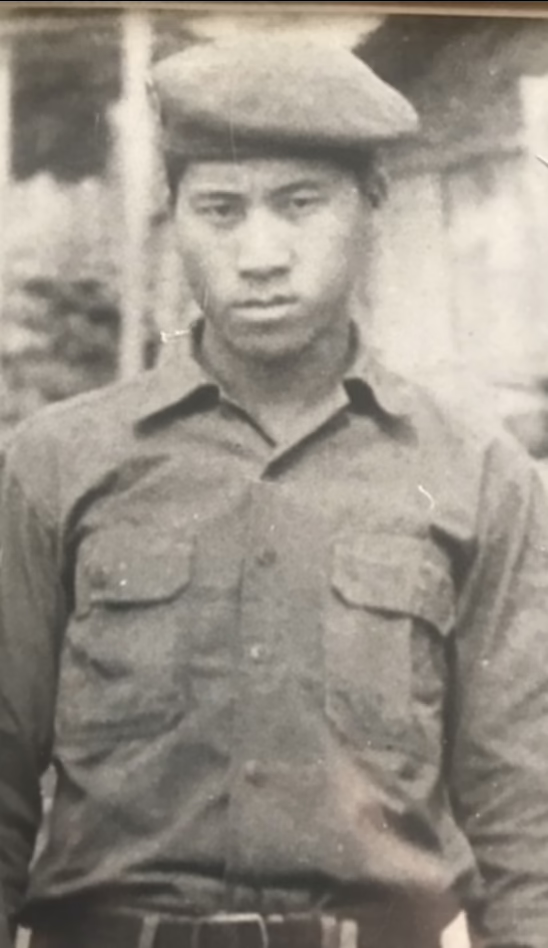
Lt. Zalue Vue was born in a small village called Nam Lua of Xiangkhouang Province in Laos on June 9, 1952 to Goua Lor Vue and Mai Thao. Zalue is the second oldest of five siblings consisting of two brothers and two sisters by the names of TouFong, Ma, Chia, and Chue. Zalue grew up during the Laotian Civil War. When he turned seven, his family migrated to Long Tieng also known as Long Cheng to study with his older brother TouFong. Long Tieng is a well-known military base during this time period, mainly operated by the United States’ Central Intelligence Agency. At the age of 17, after successfully receiving his educational certificate he decided to join the Special Guerilla Units (SGU).
From 1969 to 1975, Vue was placed in Section 1 of SGU, who’s main responsibility was to keep a historical
record of the variety of forces during this time. In May of 1972 he married his beloved wife, Pang Yang. Shortly after 1975, due to execution many Hmong began to flee Laos resulting in Zalue and his family migrating through various areas of the jungles in Laos. Eventually in June of 1979, Zalue his wife and two children landed in Ban Vinai Refugee Camp.
After eight years of waiting for the rest of his family to make it to Thailand, Zalue finally made the decision to make the move to the U.S. Zalue and his family left for Phanat Nikhom in May of 1987 to study english before officially moving to Michigan in September of 1987. In the U.S. he returned to school to receive his high school diploma and began working to support all of his children through higher education. To his elders and friends, Zalue is known to be a strong-willed and clever man. To his children he is known to be loyal and hardworking with a resilient heart.
Today Zalue shares his legacy as a Hmong-American who resides in Oxford, Michigan with his wife of over 45 years and together they share ten children (four sons and six daughters), thirty-two grand-children and two great-grandchildren. Zalue and Ma are the only two survivors of their immediate family.



